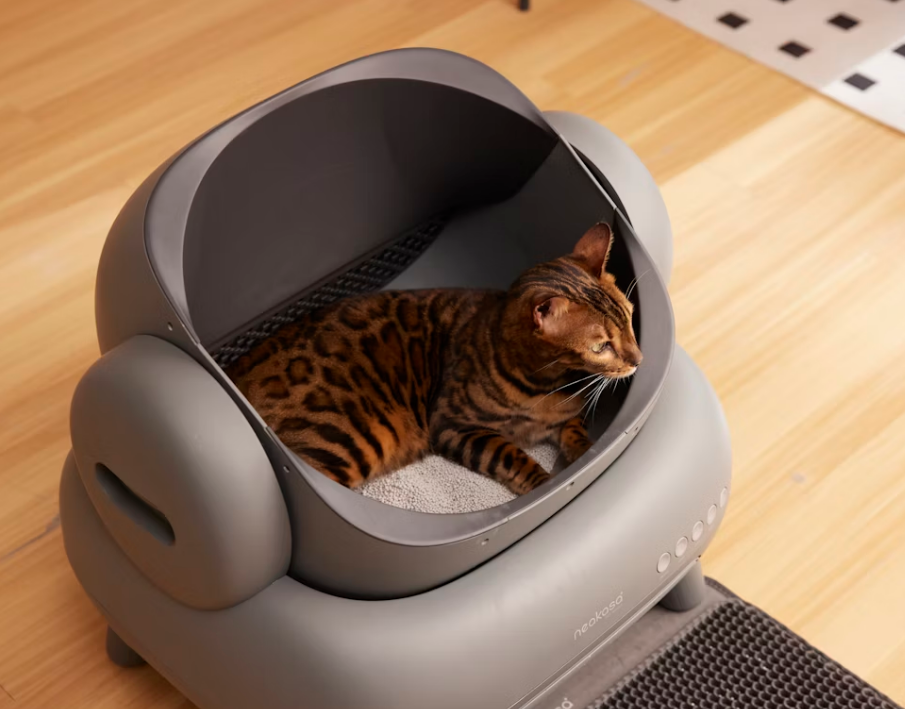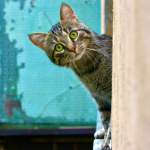
Your Cat’s Litter Might Be Lying to You—Here’s What Science Says About Getting a Real Read on Their Health
let’s talk about something nobody wants to talk about—but every cat parent should. 🐱💧
You scoop the box. You see the clumps. You think, “All good.”
But what if the litter you’re using is actually messing with one of the most important health checks your vet can do?
Spoiler alert: Not all litter is created equal, and your cat’s pee test results might be paying the price.
A brand-new study from researchers in Brazil just dropped some science that every pet parent needs to hear. Here’s the scoop (pun totally intended).
First, What’s the Big Deal with Cat Pee?
Urine Specific Gravity (USG) might sound like some NASA-level jargon, but it’s actually a super simple—and important—number your vet checks during a routine urinalysis. USG tells your vet how concentrated your cat’s urine is. That can reveal early signs of:
- Kidney disease
- Diabetes
- Hyperthyroidism
- Urinary tract disorders like cystitis or bladder stones
Bottom line? This little number gives big insights into your cat’s health.
But Here’s the Problem: Some Litter Messes It Up
Researchers tested different litter box substrates (aka the stuff your cat pees on) to see if they mess with the USG readings. The results? Eye-opening. They tried:
- Hydrophobic litter (like Kit4Cat, which repels urine and keeps it on the surface)
- Waterproof sand (marketed as non-absorbent)
- Aquarium gravel (because hey, it’s cheap!)
And here’s what happened:
🚩 Aquarium Gravel? A Total Fail
Turns out, it absorbed the pee. You literally couldn’t even collect a sample. Big nope.
⚠️ Waterproof Sand? Not So Safe
While it didn’t soak up the pee, it did change the USG readings—especially after 60 minutes. That’s enough to throw off a vet’s interpretation. A sample that looked fine might actually point to kidney trouble, or vice versa.
✅ Hydrophobic Litter? Cat-Parent Approved
The winner of the litter showdown was the hydrophobic substrate. It kept the pee intact for up to 2 hours—without messing with test results.
What This Means for You and Your Cat
Let’s say your vet asks you to collect a urine sample at home. (Yes, it’s weird, but totally doable!) You scoop it up, send it in, and think, “Whew, that’s done.”
But if you used the wrong litter, your cat’s results might come back wrong.
➡️ That’s not just annoying—it could mean misdiagnosis.
A high USG might hide a kidney problem. A low USG might cause unnecessary tests. Either way, your cat gets poked more, you stress more, and your wallet feels it.
3 Must-Know Tips for Home Urine Collection
1. Use the Right Litter
Ask your vet for a hydrophobic litter like Kit4Cat. It’s specifically designed for this kind of test.
2. Collect It Quickly
Don’t wait hours before scooping. Even the best substrate can change results if the sample sits too long.
3. Talk to Your Vet
Always tell your vet how you collected the sample and what litter you used. They need that context to interpret it correctly.
Share Your Pet’s Story
Have you ever had to collect a urine sample from your cat at home? Got any funny (or frustrating) stories about it? What kind of litter worked best for you?
Drop your experience in the comments!👇
And if this info helped you feel more confident about keeping your cat healthy, share it with a fellow cat parent who could use the scoop.




